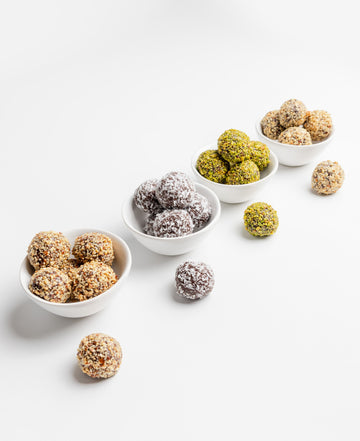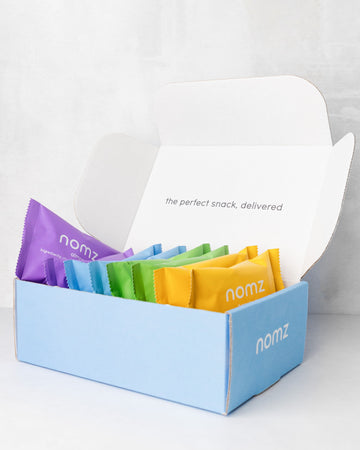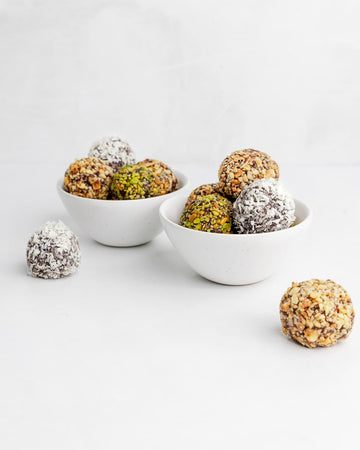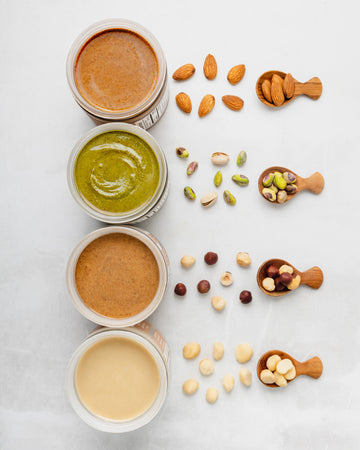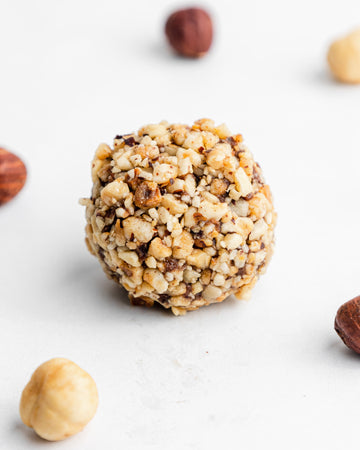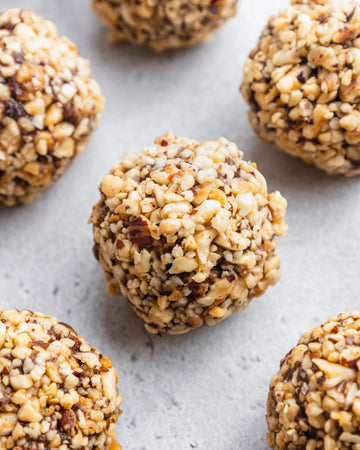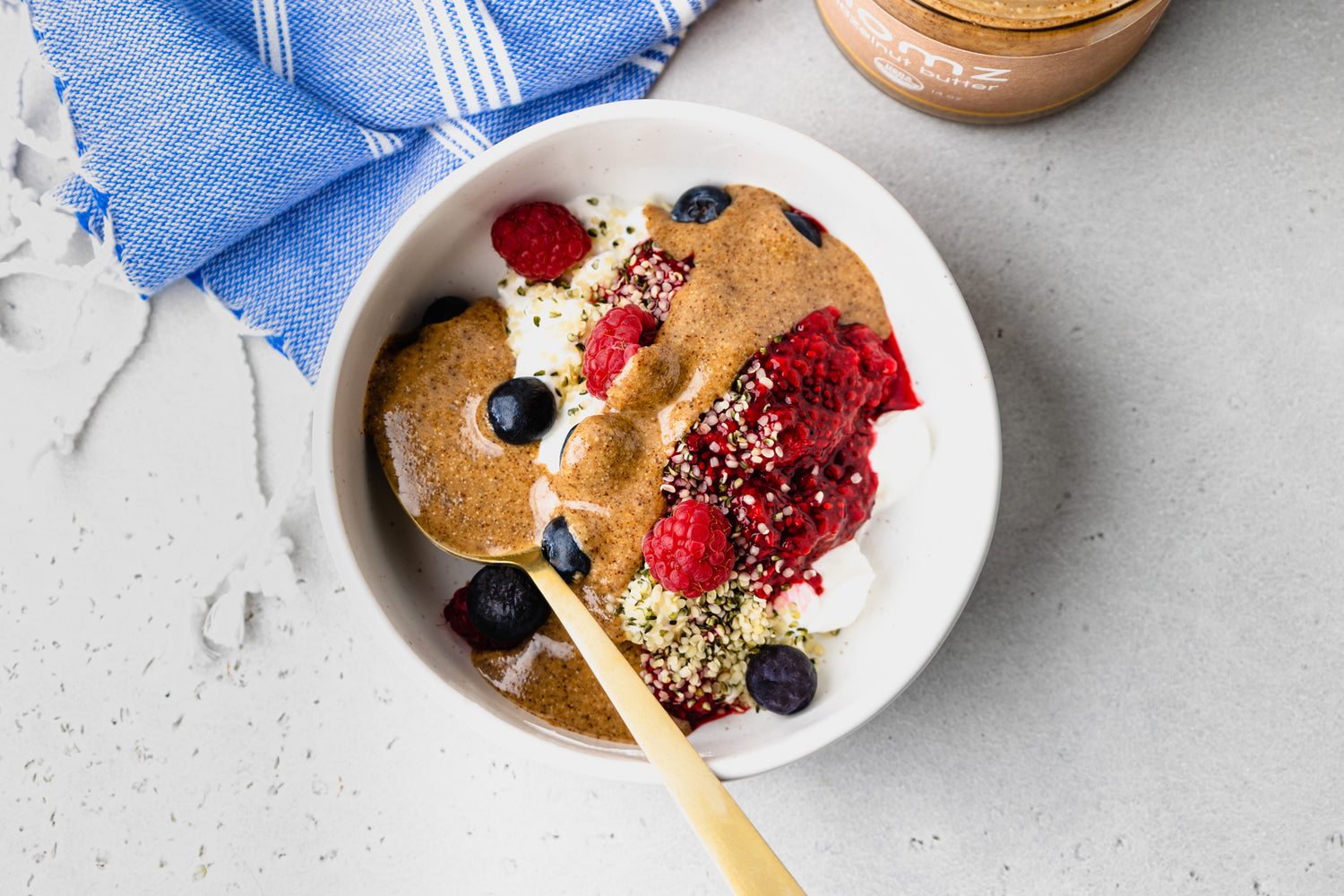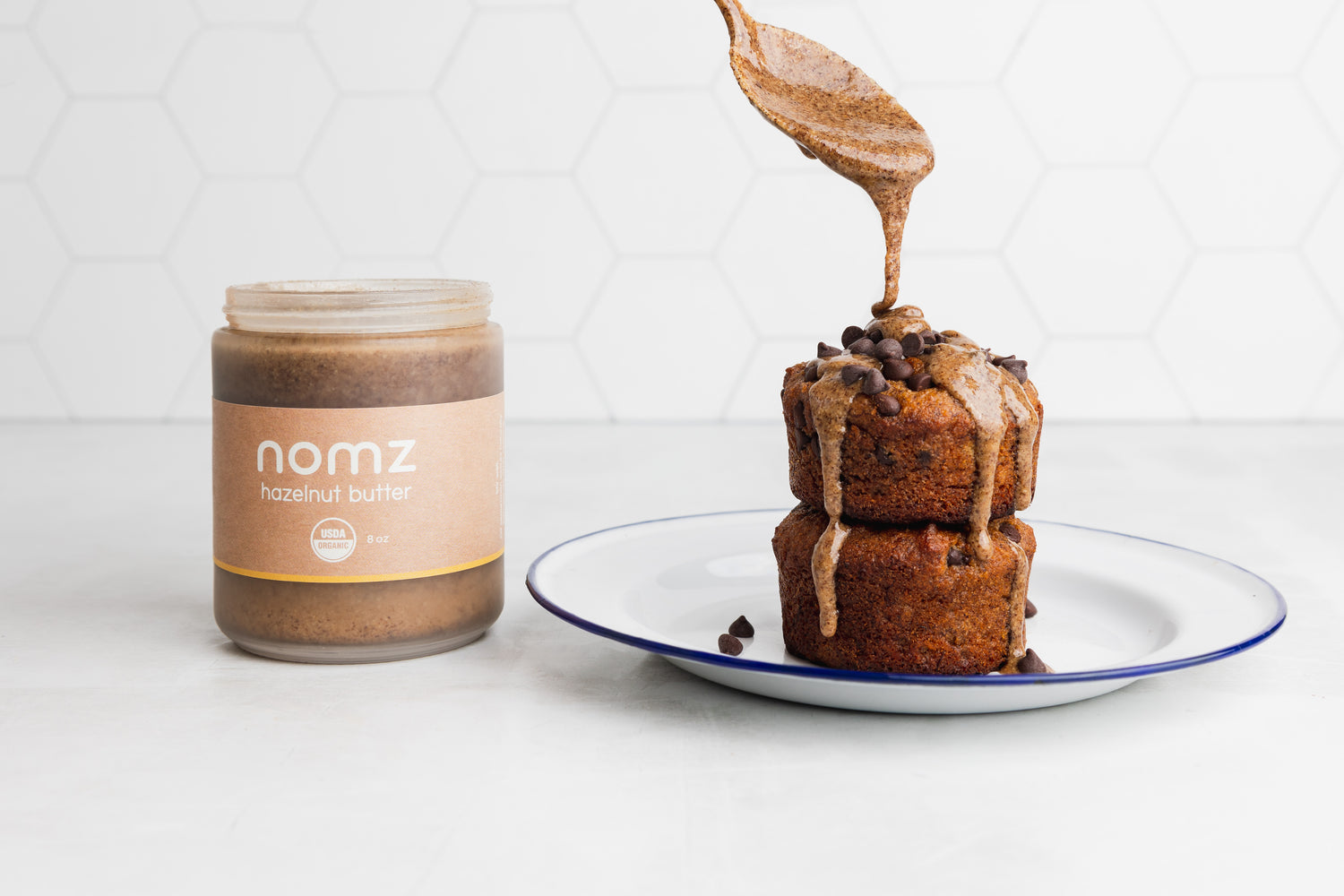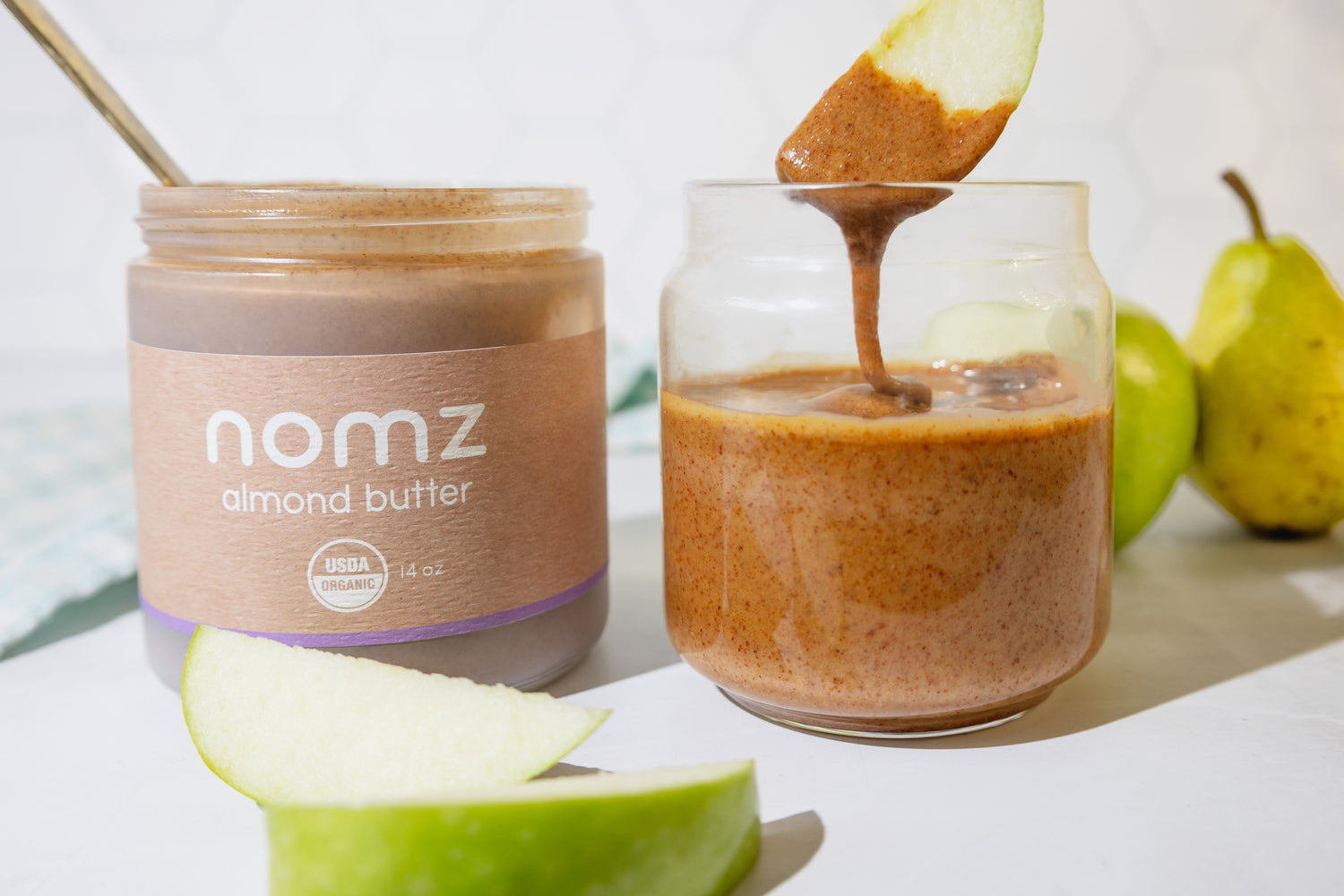5 Simple Hacks to Optimize Blood Sugar
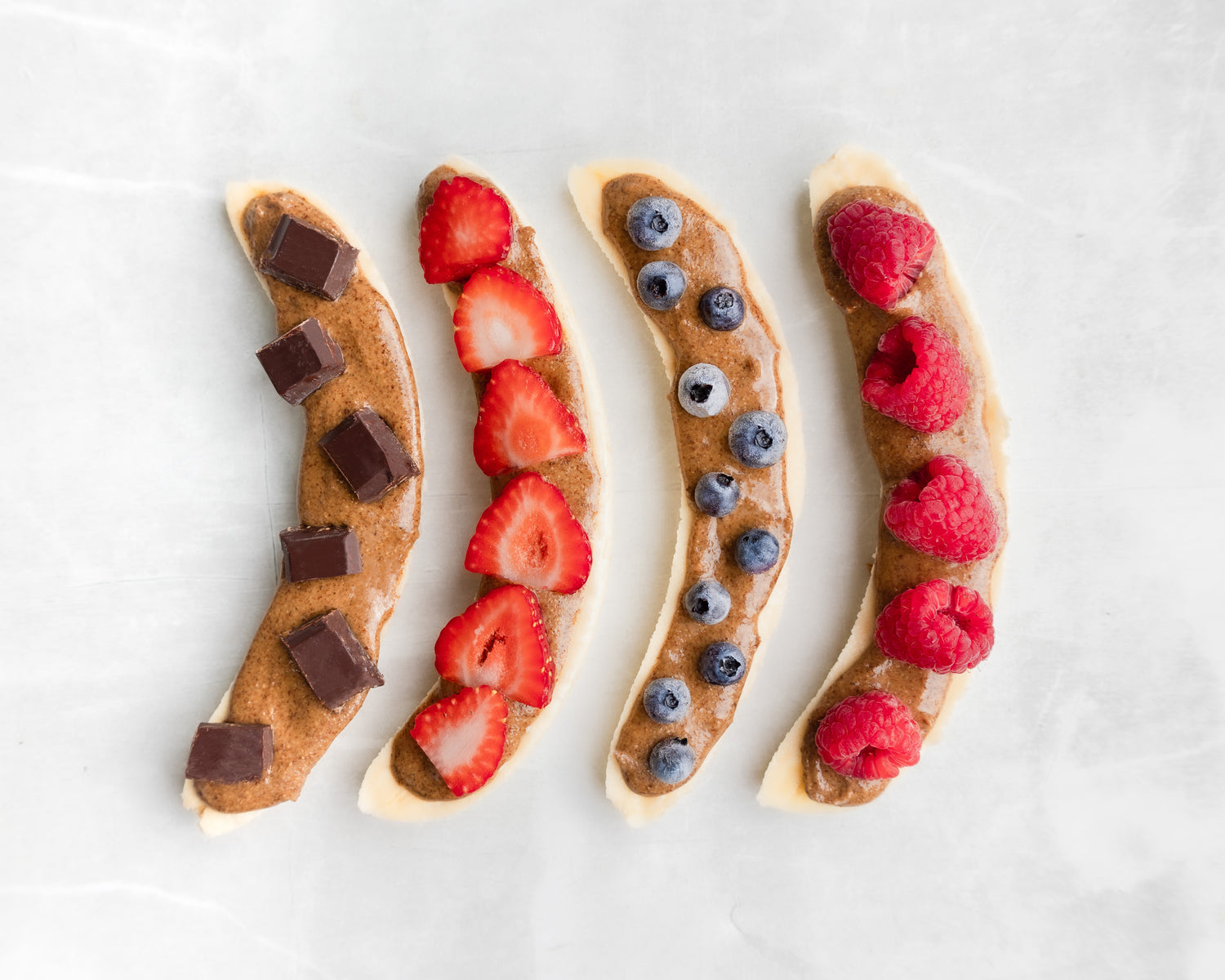
Did you know that balanced blood sugar is essential, not just for satiety, but for optimizing your overall metabolic health?! Optimizing blood sugar can help to stabilize energy, reduce sugar cravings, balance hormones, reduce inflammation, promote longevity, and more.
Try these simple blood glucose balancing hacks to avoid blood sugar spikes and promote your overall health.
the glycemic response
Shortly after eating carbohydrate-rich foods, blood glucose levels will rise - hopefully within the normal range of less than 140 mg/ dL (as per the American Diabetes Association recommendation). Blood glucose should then return to pre-meal levels within 2-3 hours after eating.
ATP (adenosine triphosphate) is the main energy source for our body and cells. Glucose is needed to produce ATP (via glycolysis and the citric acid cycle). Some glucose comes from our food, but the body can make glucose from glycogen stores through gluconeogenesis if needed! ! When in need of energy, your body will first use up any glucose available in the blood before turning to glycogen stores.
Recent research has found that glucose levels should optimally stay between 72 mg/ dL - 110 mg/ dL. This low glycemic variability creates less stress on the body and is optimal both short-term and long-term!
Signs of blood sugar imbalance could include sugar cravings, low energy, weight gain, rapid aging, and infertility. Chronically elevated blood glucose could lead to the development of type 2 diabetes.
the potential harm of acute glucose spikes
You may wonder, "I'm not diabetic; why should I worry about blood glucose levels?". As it turns out, 90% of non-diabetics have glucose spikes of 180 - 200 mg/ dL without recognizing it. A spike in glucose over 160 mg / dL can be damaging both short and long-term, and this glycemic variability causes stress to the body over time.
As glucose arrives in the bloodstream, it is quickly taken up by cells and moves into the mitochondria (our cell's energy-producing organelle). Too much glucose can stress the mitochondria, causing free radicals to form. Over time free radicals result in oxidative stress and inflammation in the body.
In addition, excess glucose results in glycation – the process by which glucose attaches to lipids or proteins, including collagen or elastin, essentially speeding up aging.
Unstable blood glucose is linked to:
- depression, anxiety, and mood swings
- impaired cognitive performance
- low energy
- imbalanced hormones
- poor sleep

5 blood glucose stabilizing hacks
1. Eat your veggies (fiber) first, proteins and fats second, and. starches and sugars last.
This is a tip from Jessie Inchauspé, biochemist and "the Glucose Goddess". This simple switch can reduce glucose spikes by up to 75% and reduce insulin by up to 40%.
2. Eat a balanced breakfast!
Swap out sugary breakfast cereal, toast and orange juice for an option that is balanced with fiber, fat and protein. When you start the day off with balanced blood glucose, you are much less likely to have a crash in blood sugar an hour later – leading to unhealthy snack options and poor choices throughout the rest of your day. Some great options for a balanced breakfast include chia seed pudding, a high protein green smoothie, or this antioxidant berry beet smoothie!
3. Drink a large glass of water with 1 tablespoon of vinegar before your meal.
Vinegar contains acetic acid, which reduces blood glucose levels by slowing the breakdown of starch into glucose. The acetic acid in vinegar also activates AMPK – an enzyme which essentially acts as a cellular energy sensor. When AMPK is activated, this signals the muscles to take up blood glucose! Incorporating a glass of vinegar water 30 minutes before your meal could help to reduce blood glucose spikes by up to 30%. Apple cider vinegar (or any vinegar except for balsamic) will work! If you don’t like the taste of vinegar, lemon juice can be used as well, but it does not have quite the same blood glucose-lowering effect as vinegar does!
4. Dress up your carbs with fiber, fat and protein!
Adding fiber, fat, and protein slows down the digestion of carbohydrate-rich foods, which delays glucose absorption into the blood. As a result, adding even a small amount of fiber, fat, or protein paired with carbs will help to prevent glucose spikes and stabilize blood sugar.
Balanced snack ideas with fiber, fat, and protein:
- bananas or apples with almond butter and berries - nut butters are high in healthy fats + protein, so balancing them with a carb will help stabilize any potential glucose spikes.
- nomz energy bites (made with 4 simple ingredients: nuts, dates, cocoa, sea salt) - our favourite balanced sweet snack that is naturally sweetened with whole dates. Dates contain fiber, while the nuts in our bites provide healthy fats and protein. Eating these as a snack will satisfy with your sweet tooth without spiking your blood sugar!
- superfoods smoothie - add a scoop of daily nourish to balance out carbohydrate-rich fruit smoothies – daily nourish has a great balance of fiber, fat, and protein to ensure balance blood sugar!
5. Exercise after eating.
Just 10 minutes of movement after eating can make a big difference in blood glucose levels. As previously mentioned, your body will use up glucose found in the bloodstream and even going for a short walk will help ensure your glucose levels don't spike beyond recommended levels.
recommended podcasts for further learning
- The Genius Life: Powerful hacks to stabilize blood sugar and fix your hormones
- What to eat for balanced blood sugar: The Doctor’s Farmacy with Dr. Mark Hyman, M.D
- A super simple hack to optimize your blood sugar with Dhru Purohit









